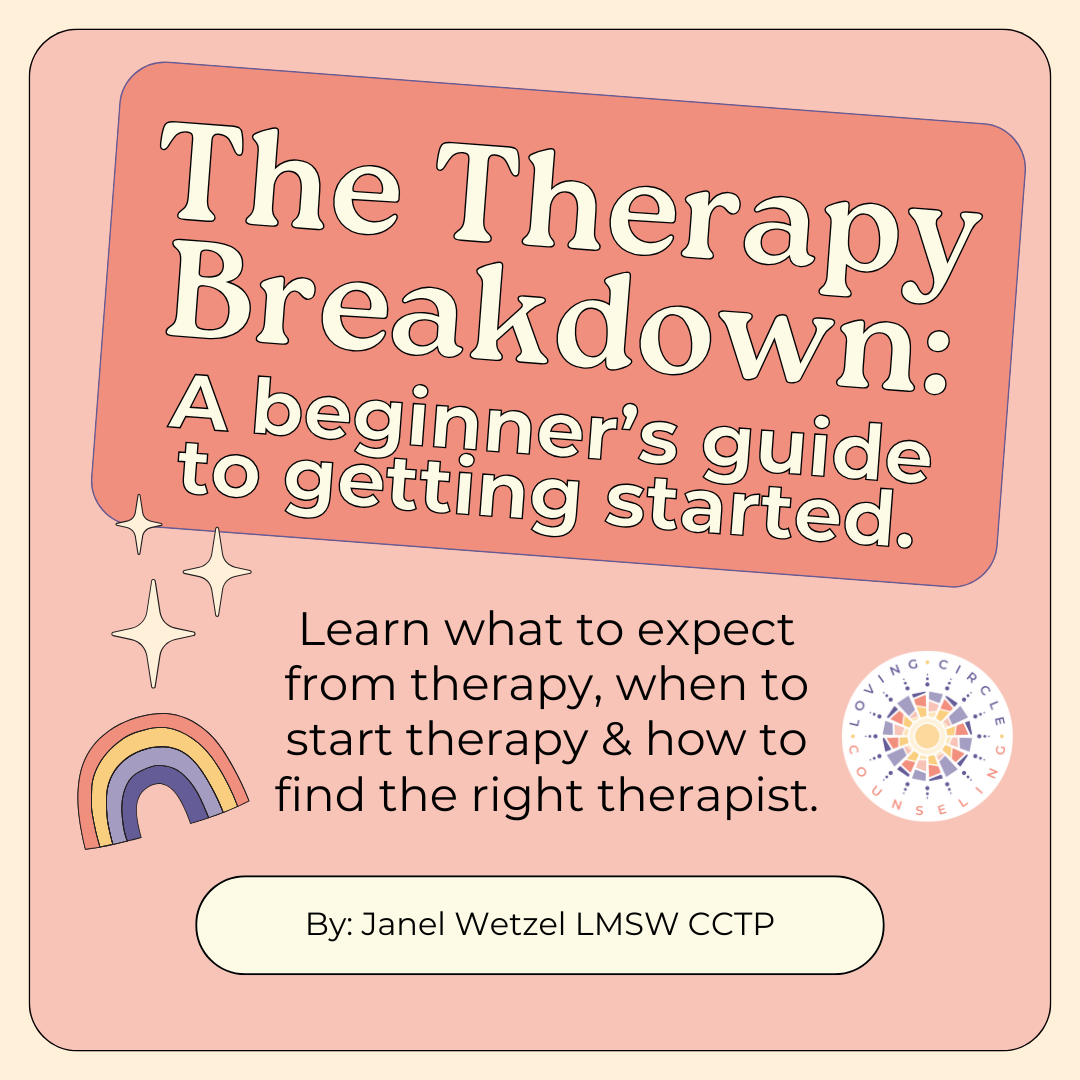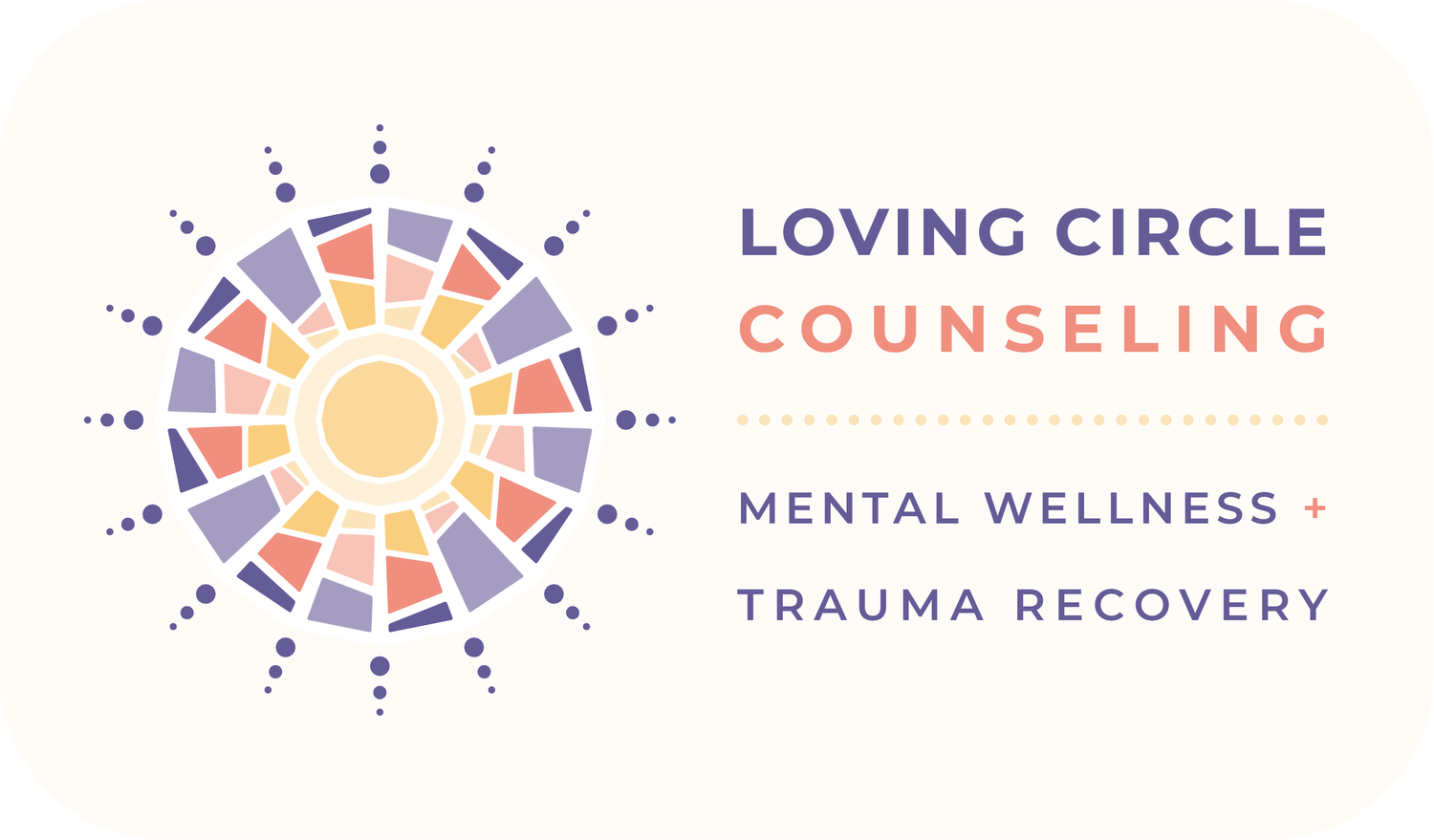
HEALING INSIGHTS

Doomscrolling: A Guide to Prevent the Doom Feelings
Doomscrolling can be defined as the habit of scrolling through social media and news feeds, usually in the context of finding the answers or information on negative events or news (Salamon, M., 2024, September 1). Doomscrolling became more prevalent during the COVID-19 pandemic in 2020, but has become a consistent concern ever since.
Everyone is susceptible to doomscrolling, whether you are a high school student, a college student, a fully fledged working adult, or someone who has retired. Some of us may scroll for hours on TikTok or through Instagram Reels before bed. Others may be hooked onto Facebook Reels or Youtube Shorts during their work lunch break. Others may be scrolling through news article after news article while they eat dinner.
Doomscrolling can become a strong addicting habit, which makes it really hard to stop or redirect ourselves. People often doomscroll in order to find answers or information about the negative events happening in their area, country, or around the world. The hope is to ease the anxiety we may experience when we may not know all the information about something; however, consistently scrolling through negative media has proven to worsen the anxiety and may bring up other emotions such as depression or hopelessness (Cleveland Clinic, 2025, April 22). Prolonged exposure to negative news and information can deepen these emotions that we may already be experiencing before opening up our phones. This then may lead to a decrease in social connection, low hope in the future, and overall lower levels of wellbeing.

Client Perspective: Saying No as a Child of Immigrants
Oftentimes it may be hard to set boundaries with those around us. Whether it is how to navigate moving out of the house and rediscovering those limitations with our parents, or addressing ongoing conflict with those important to us. Maybe, it might even be how to stop any communications with someone entirely.
When thinking about this out loud, the intuitive solution might be, “Let’s just set boundaries!” It sounds easy enough, but it is actually very normal for it to be a bit more complicated than it seems, especially as a child of immigrants. The cultural layers someone holds may clash often with this concept of “boundaries”. This article goes into the nuances of boundaries and the intersections of growing up in an immigrant household and trying to say “no”.

It's Not So Easy Saying No as a Child of Immigrants: A Guide for Therapists
Oftentimes clients may come to therapy hoping to explore how to handle family dynamics. Whether it is how to navigate moving out of the house and mom is trying to have surprise visits, addressing conflict concerns with parent-in-laws, deciding whether or not to cut off a family member, or a mix or variation of all three.
Most therapists may intuitively think, “Oh, let’s explore how to set boundaries!” which is what we were trained to do! However, this can be very complicated for children of immigrants. This article goes into why this may be complicated and how to navigate its nuances with clients.

The Therapy Breakdown: A Beginner’s Guide To Getting Started
Frequently, therapists receive questions like, “What exactly happens during therapy sessions?” and “When is the right time to seek therapy?” These are excellent questions, and I’m here to break it down a little! In this article, I’ll be providing insights into what transpires in a session, guiding you on when therapy might be beneficial, and offering tips on finding the right therapist.

You Might Actually Be Able To Blame Your Parents
The Attachment Theory, created by John Bowlby and collaborated with Mary Ainsworth, is a concept to explain the bond between a child and his/her main caregiver. The theory is categorized into 4 different types of attachment styles: Secure, Insecure Avoidant, Ambivalent/resistant, and Disorganized. The way we connect to our caregivers throughout infancy dictates our relationship patterns throughout adulthood and is based on our internal working models, or, also known as, core beliefs.

Navigating the Path to Healing: A Guide to Finding a Therapist for Trauma Recovery and Holistic Mental Wellness
Finding a therapist can be difficult. Here are some tips and considerations to help you in your search.

The Transformative Power of Mindfulness: A Key to Mental Wellness and Trauma Recovery
In this blog, we will explore what mindfulness is and how it can benefit those with mental health struggles.




